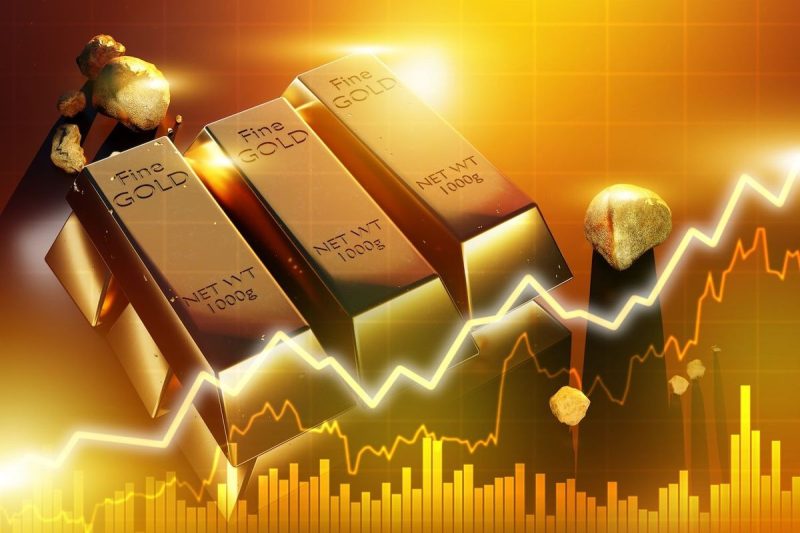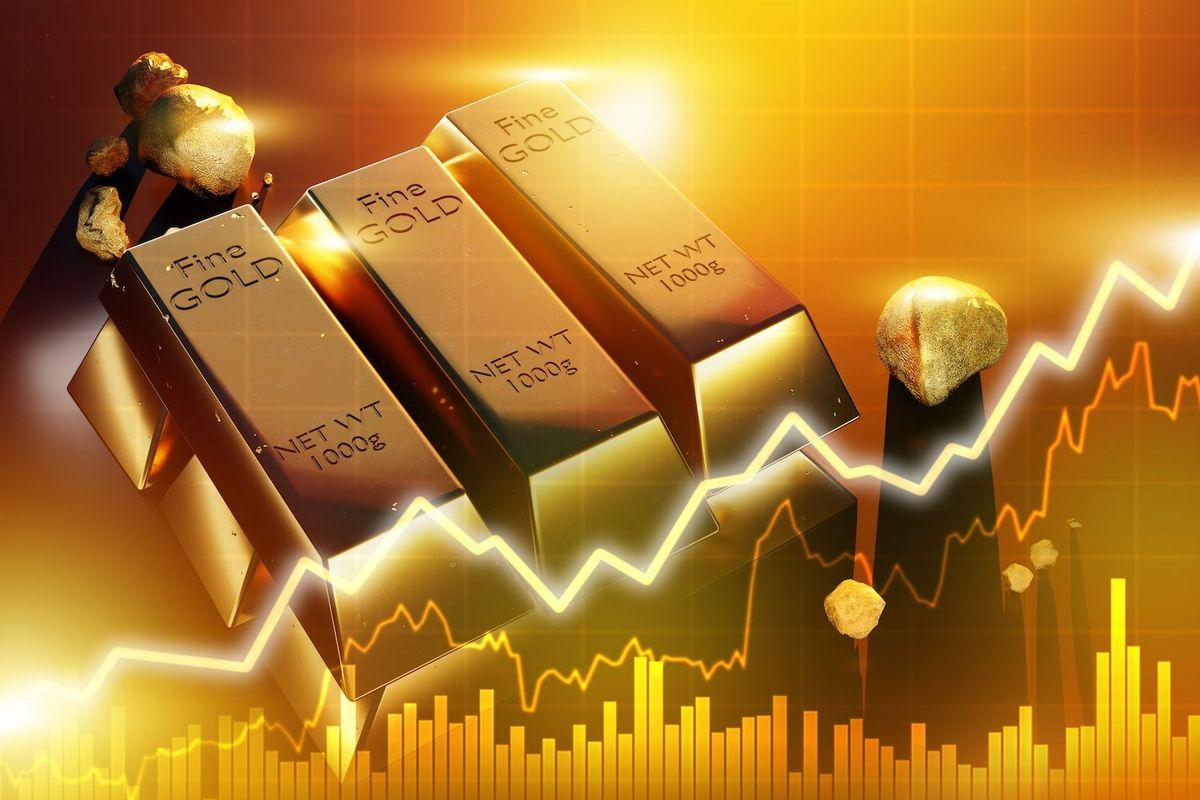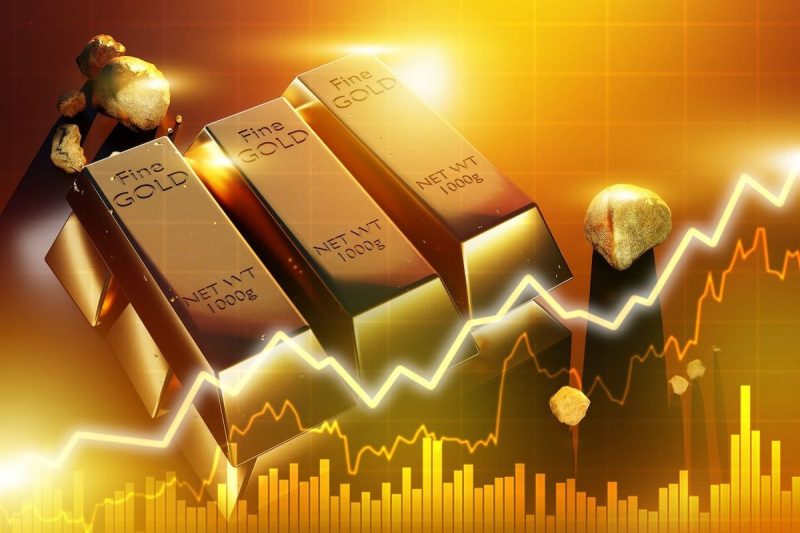

Global gold demand rose to a record US$132 billion in the second quarter of 2025, driven by surging investor appetite and the highest average gold price ever recorded in a quarter, according to the latest Gold Demand Trends report from the World Gold Council (WGC).
While total demand by volume rose only 3 percent year-on-year to 1,249 metric tons, the WGC noted a 45 percent surge in value terms compared to Q2 2024, as prices soared to an average of US$3,280.35 per ounce.
According to WGC data, investment flows, particularly into gold-backed exchange-traded funds (ETFs) and physical bars and coins, were the primary force behind the increase.
ETFs and bar demand dominate, Central Bank buying slows despite demand
Overall investment demand climbed 78 percent year-on-year in Q2, led by ETF inflows totaling 170 metric tons. Combined with Q1’s 227 metric tons, this brings first-half ETF demand to 397 metric tons—the strongest six-month performance since the record-setting H1 2020.
Bar and coin demand also remained robust, particularly in China and Europe, where investors responded to the rising price and gold’s traditional role as a store of value. Retail investment in China even surpassed jewellery consumption for the quarter, a reversal from previous years.
The WGC also noted that continued interest from global High Net Worth investors and reports of healthy institutional demand contributed to 170 metric tons of OTC investment and stock changes in Q2.
On the other hand, central banks added 166 metric tons of gold to official reserves in Q2, a decline of 33 percent quarter-on-quarter but still 41 percent above the average quarterly level seen between 2010 and 2021.
Although the pace of accumulation has slowed, the WGC maintains a constructive outlook. Data from recent central bank surveys show that the intention to add gold over the coming year remains strong.
Jewellery sector contracts, technology use slips on trade uncertainty
In stark contrast to investment flows, jewellery demand fell sharply in volume terms during Q2, with global consumption declining to 341 metric tons, 30 percent below the five-year average and the lowest since Q3 2020.
The WGC found that almost all 31 countries tracked saw a year-on-year decline in jewellery demand, with Iran as the sole exception.China and India, which typically account for over half the global market, saw their combined share drop below 50 percent for only the third time in five years.
Nonetheless, in value terms, jewellery demand rose 21 percent year-on-year to US$36 billion, highlighting the price-volume divergence that has grown more pronounced in 2025.
As for technological applications, demand for gold fell 2 percent year-on-year to 79 metric tons in Q2, with the electronics sector accounting for most of the decline.
The WGC noted that trade tensions, particularly the extension of US tariff uncertainties through August, weighed heavily on East Asian manufacturing sentiment.
Despite the broader slowdown, gold used in AI-related technologies remained an area of strength, offering a partial buffer to the decline in electronics applications.
Mine production hits new Q2 record
On the supply side, gold mine production rose to 909 metric tons in Q2, a new second-quarter record, helping lift total supply to 1,249 metric tons—a 3 percent year-on-year increase. Recycling activity also increased slightly, up 4 percent to 347 metric tons, the highest for any Q2 since 2011.
Still, the WGC observed that recycling remains “subdued relative to price performance,” due to strong holding behavior and limited signs of household financial distress.
Outlook through 2025
Looking to the second half of 2025, the WGC expects investment demand to remain firm, though possibly at a slower pace due to short-term dollar strength and resilient equity markets.
Still, the prospect of lower interest rates, which are widely expected to begin in Q4, could reignite momentum.
“Lower policy rates are likely to elicit more investor interest in gold from an opportunity cost perspective,” the report concluded.
Securities Disclosure: I, Giann Liguid, hold no direct investment interest in any company mentioned in this article.
